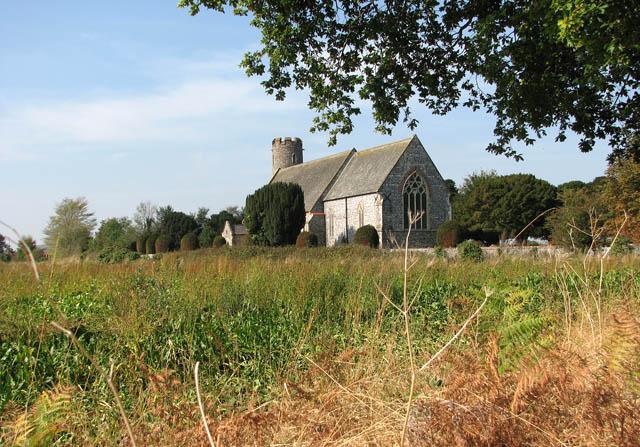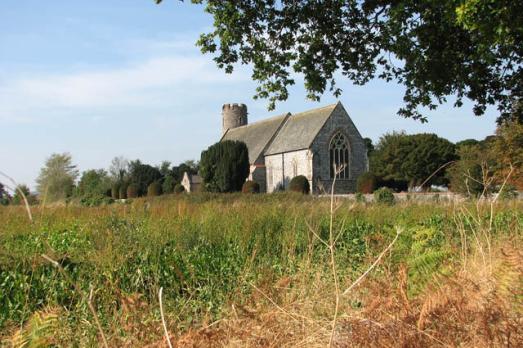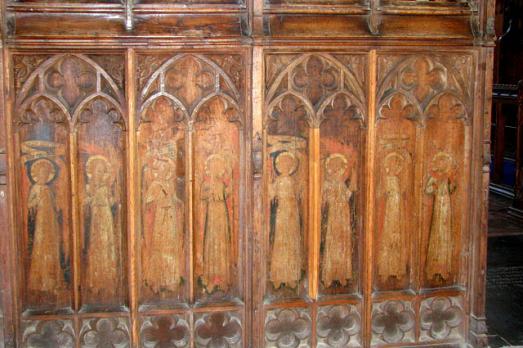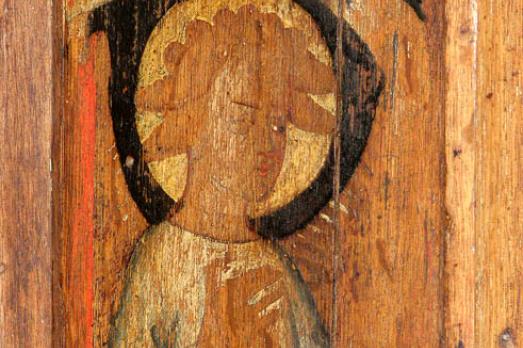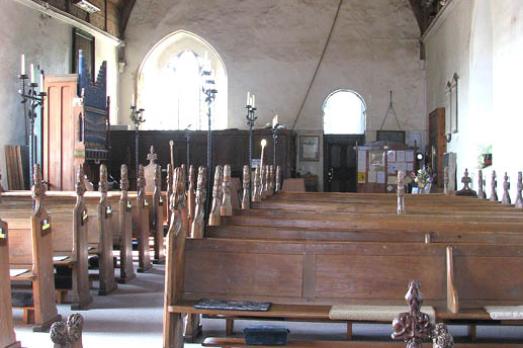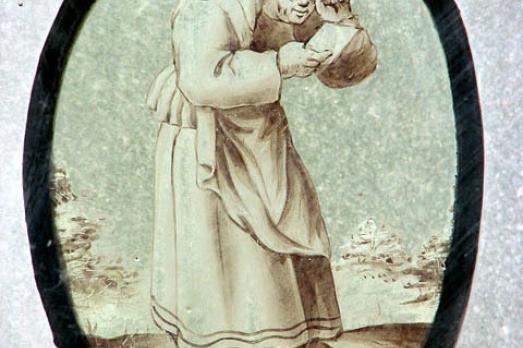Nothing remains of the original church but in c988 the present flint tower was constructed and about a century later a stone church was built on to the tower.
Of the Norman church only the north doorway and font remain. A larger building replaced the Norman church in the 14th century. The nave of this is still intact, but it has since been enriched with 15th century woodwork and window tracery.
The font is Norman and originally square the corners and lips were cut off in the 15th century to bring it into the prevailing style of octagonal fonts. The base is recent.
The altar of St Andrew, standing against the north doorway is a reminder that the neighbouring church of St Andrew, Flixton was destroyed in a gale in 1705 and never repaired. The remains are still visible.
The tower arch is distinctly Saxon in style but dating from the Norman period is the oldest feature of the interior. There is a small round opening is an unusual feature and its original purpose remains a matter for debate.
The pews all in oak, date from 1850s in all probability, when the church was extensively restored, and are a rare example of the Victorians being sensitive to medieval work, in that they fitted them to the surviving 14th century poppyheads. They also provided new poppy heads of a similar style nearest the gangway. No two heads are alike.
The windows in the nave date from 15th century. The glass in those of the south wall was badly damaged by enemy action 1939-45, while some remnants of early English painted glass can be seen in two windows in the north wall.
The rood screen is from around 1490, and is identical in design to that found at the neighbouring church of Somerleyton. The lower panels of screens are often painted with saints, but here with the Angels of the Passion, now badly faded.
Memorials are to be found on the walls and set in the floor, including an ancient sarcophagus lid marked with a sword, the sign of a male burial.

